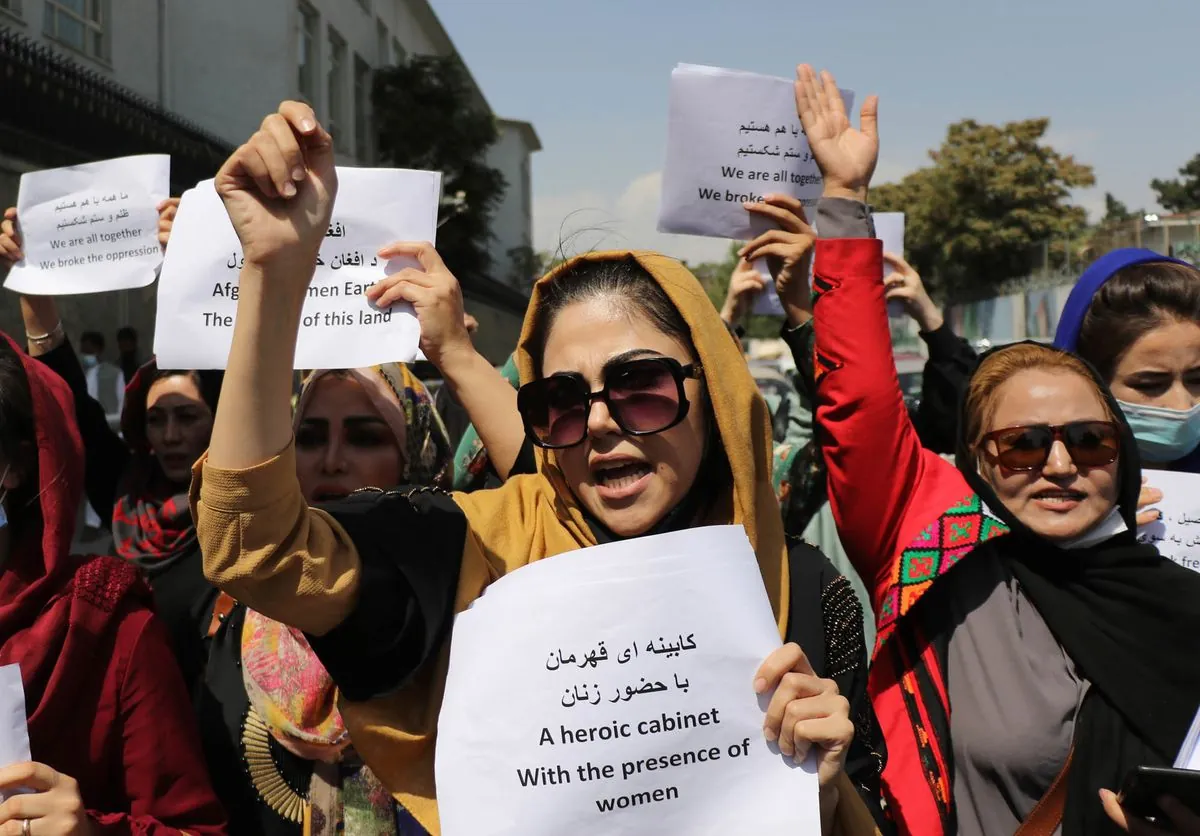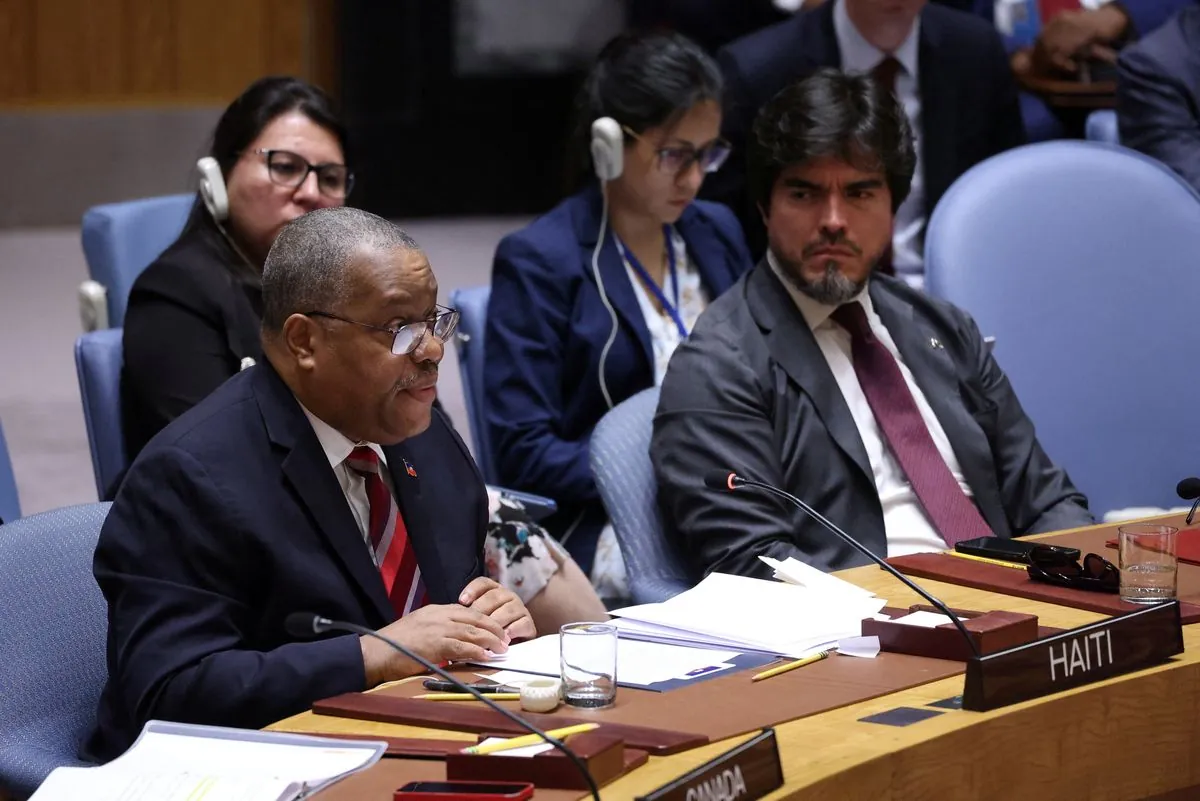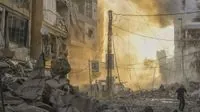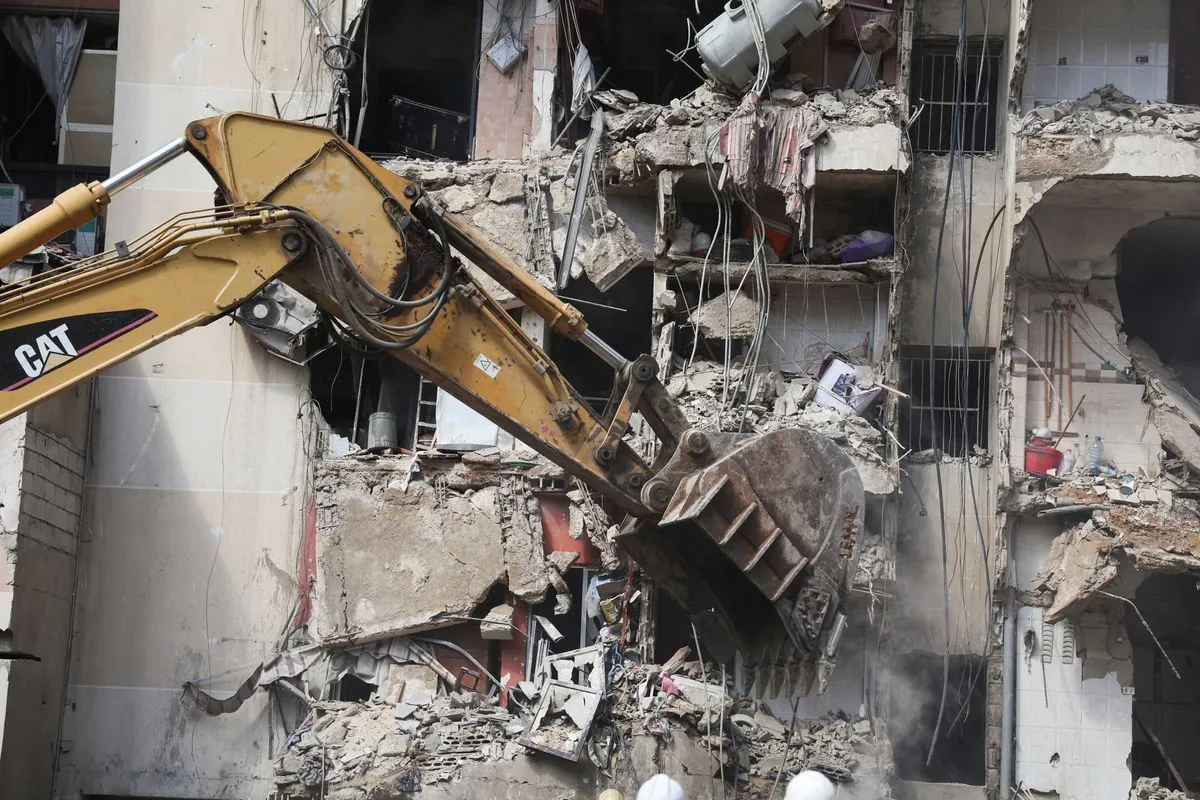Gaza's Rubble Crisis: A Year of Conflict Leaves Massive Debris Challenge
Gaza faces unprecedented 42 million tonnes of debris after a year of conflict. UN-led efforts begin clearing, but challenges include health risks, equipment shortages, and concerns about rebuilding without political solutions.
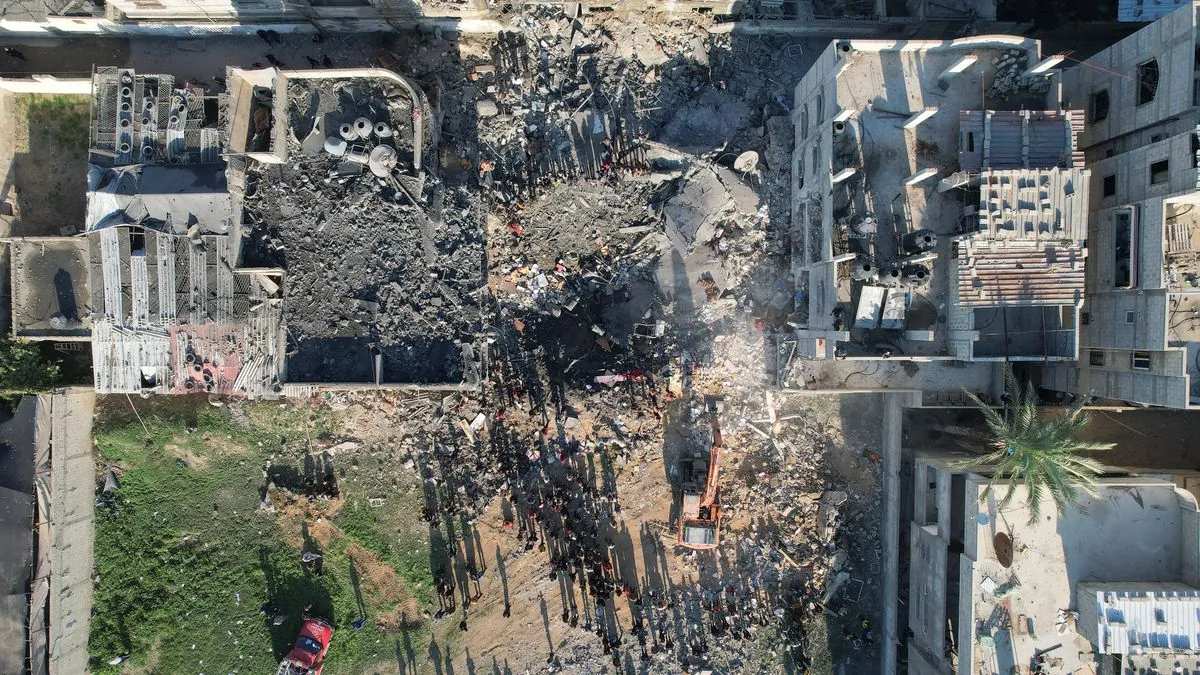
In the aftermath of a year-long conflict, the Gaza Strip faces an unprecedented challenge: managing an estimated 42 million tonnes of debris. This staggering amount, as reported by the United Nations, is 14 times greater than the rubble accumulated between 2008 and 2023, highlighting the extensive destruction caused by the ongoing hostilities.
The scale of the devastation is difficult to comprehend. To put it into perspective, the debris could fill the Great Pyramid of Giza - the oldest and largest of the three pyramids in the Giza complex - 11 times over. It also surpasses the rubble left by the 2016-2017 Battle of Mosul in Iraq by more than five times.
Amidst the ruins, Palestinians are finding ways to cope with the overwhelming destruction. In Khan Younis, the largest city in southern Gaza, 11-year-old Mohammed and his father, Jihad Shamali, repurpose rubble from their destroyed home to create gravestones. This grim task exemplifies the resourcefulness born of necessity in a region where building materials are scarce.
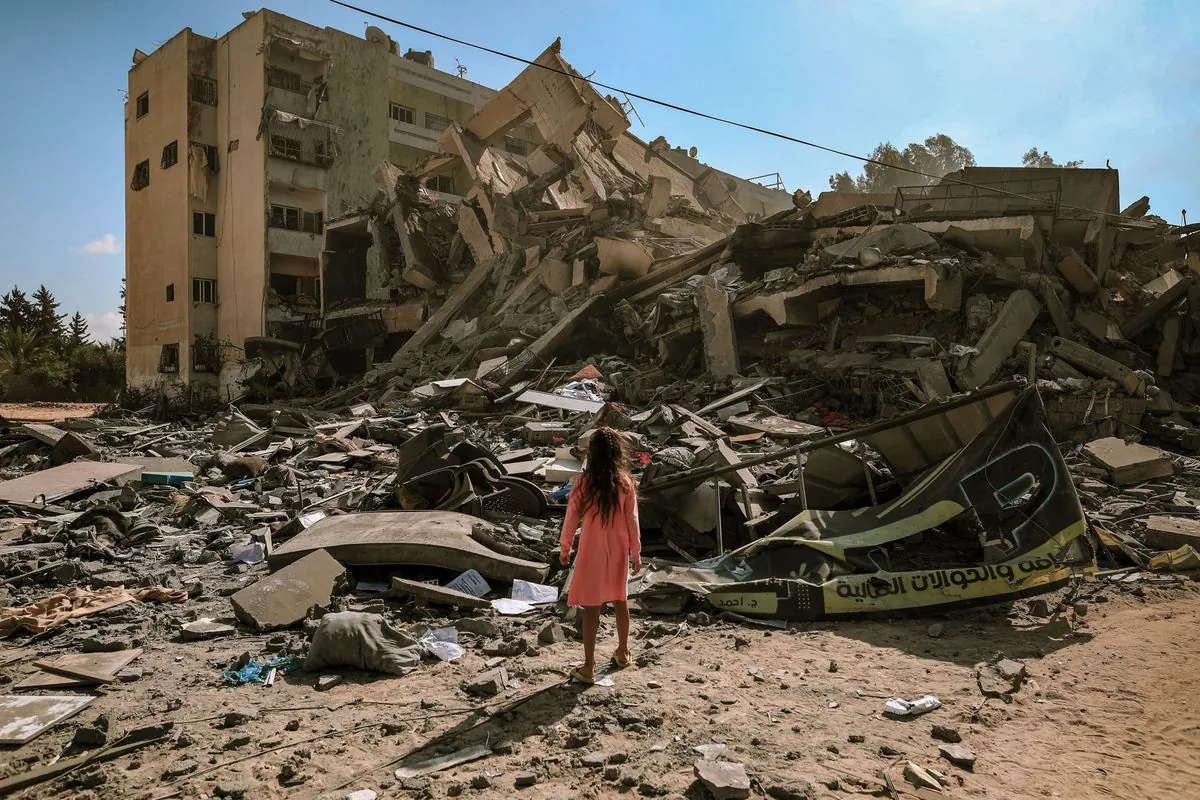
The United Nations Development Programme (UNDP) is spearheading efforts to address this crisis. A UN-led Debris Management Working Group plans to initiate a pilot project in Khan Younis and Deir El-Balah to begin clearing roadside debris. However, the challenges are immense, with Alessandro Mrakic, head of UNDP's Gaza Office, describing it as a "massive operation."
The debris poses significant health and safety risks. The Palestinian health ministry estimates that up to 10,000 bodies may be concealed within the rubble. Additionally, unexploded ordnance and contaminated materials present severe hazards. The World Health Organization has recorded nearly a million cases of acute respiratory infections in Gaza over the past year, with dust from debris being a significant concern.
Environmental and health experts warn of long-term consequences. The United Nations Environment Programme estimates that 2.3 million tonnes of debris might be contaminated, potentially leading to increased cases of cancer and birth defects in the coming decades.
Efforts to manage the debris face numerous obstacles. Gaza's limited land area complicates disposal, while shortages of fuel and machinery hinder clean-up operations. The International Committee of the Red Cross describes the threat from unexploded ordnance as "pervasive."
"Everybody's concerned whether to invest in rebuilding Gaza if there is no political solution in place."
As the international community contemplates Gaza's future, the question of rebuilding looms large. The estimated cost of clearing just a quarter of the current debris is around $280 million. Without a clear political resolution, donors remain hesitant to commit to large-scale reconstruction efforts.
The Gaza debris crisis serves as a stark reminder of the conflict's devastating impact on civilian infrastructure and daily life. As UN-led initiatives begin to address this monumental challenge, the need for a sustainable political solution becomes ever more apparent, underscoring the complex interplay between humanitarian efforts and broader geopolitical considerations in the region.





